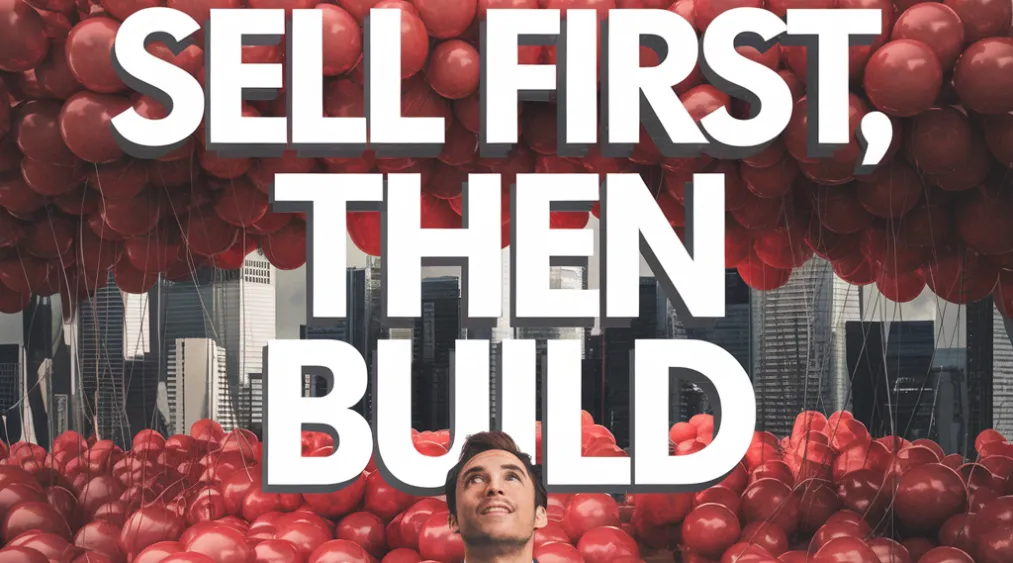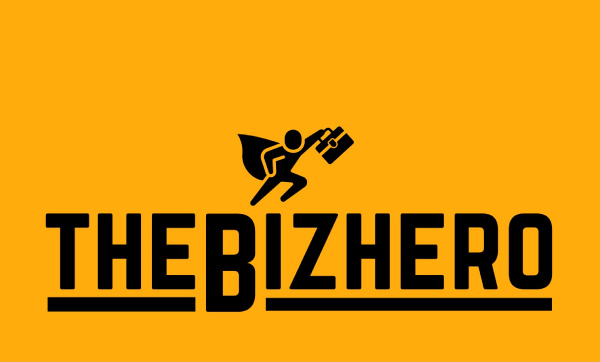
Have you ever wondered what is the demand for your latest product ideas? It can feel like a million-dollar question. Imagine spending months—or even years—developing a product, only to discover there’s no market demand. It’s a nightmare scenario for any small business or startup. It could also be a catastrophic decision for small business survival!
But what if you could test the waters before diving in? That’s where the “Sell First, Then Build” philosophy comes in. This biz hack is all about validating market demand and ensuring product-market fit before investing significant time and resources. By selling your product before it’s fully developed, you can reduce risk, save resources, and refine your offering based on real customer feedback.
In this article, we will discuss:
- What is the “Sell First, Then Build” strategy, and why does it work?
- How to implement it with actionable steps.
- Real-world examples of businesses that succeeded using this approach.
Contents
What is “Sell First, Then Build”?

The “Sell First, Then Build” strategy is a low-risk, high-reward approach to launching new products. Instead of building a product and using hope analysis, you could market and sell it first to gauge interest and validate the demand. Only after confirming a market demand can you invest in the development.
Why It Works
- Reduces Risk: Avoids the costly mistake of building a product nobody wants.
- Saves Resources: Resource is a precious commodity in small businesses! It is best that we focus efforts on products with proven demand.
- Improves Product-Market Fit: Early feedback helps refine the product quality to meet customer needs better.
How to Implement “Sell First, Then Build”
1. Create a Minimum Viable Offer (MVO)

- What It Is: A simplified version of your product or service that you can market and sell to test demand.
- How to Do It:
- Create a pre-order page with a mockup or description of the product.
- Offer a limited-time discount or bonus for early adopters.
- Example:
- A small bakery could test demand for new flavors by creating a landing page for a new pastry flavor and measuring how many people sign up to be notified when it’s available.
2. Use Fake Door Testing
- What It Is: Create a landing page or ad for a product that doesn’t exist yet.
- How It Works:
- Drive traffic to the page using ads or social media.
- Measure interest through clicks, sign-ups, or attempted purchases.
- Example:
- A tech startup could create a landing page for a new app and track how many people click “Sign Up for Early Access.”
3. Leverage Crowdfunding Platforms
- What It Is: Solicit demand from crowdfunding Platforms like Kickstarter or Indiegogo that allow you to pitch your idea and raise funds before production.
- Why It Works:
- Validates demand by seeing how many people are willing to pay upfront.
- Provides early feedback from backers.
- Example:
- The Coolest Cooler raised over $13 million on Kickstarter, proving massive demand for their product.
4. Run Pre-Order Campaigns
- What It Is: Kind of similar to crowdfunding platforms, this method allows customers to purchase your product before it’s available.
- How It Works:
- Create a pre-order page with a clear delivery timeline.
- Use the funds from pre-orders to finance production.
- Example:
- Tech companies like OnePlus often use pre-orders to gauge demand for new smartphones.
5. Test with Ads
- What It Is: Run ads for your product and measure the response.
- How It Works:
- Create a compelling ad and direct users to a landing page.
- Track metrics like click-through rates, sign-ups, or purchases.
- Example:
- A small clothing brand could run Facebook ads for a new design and measure how many people click “Shop Now.”
Real-World Examples
1. Dropbox
- Before building their product, Dropbox created a simple explainer video demonstrating how their file-sharing service would work.
- The video went viral, and thousands signed up for the beta, proving there was demand.
2. Buffer
- Buffer, a social media scheduling tool, started with a landing page that explained the product and collected email sign-ups.
- Only after validating demand did they start building the product.
3. Zappos
- The founder of Zappos started by taking photos of shoes at local stores and posting them online.
- When someone ordered a pair, he would buy and ship them from the store. This validated the demand for online shoe sales.
Tips for Success
- Be Transparent: Communicate that the product is in development and set realistic expectations for delivery.
- Collect Feedback: Use surveys or interviews to gather insights from early customers.
- Start Small: Test with a small audience before scaling up.
- Iterate Quickly: Use the feedback to refine your product and marketing strategy.
Final Thoughts
The “Sell First, Then Build” strategy is a lean principle and game-changer for small businesses and startups. It could solve the million-dollar question! By validating market demand before investing in development, you can reduce risk, save resources, and ensure your product meets customer needs.
Whether launching a new product or testing a business idea, this biz hack can help you make smarter decisions and set your business up for success.

